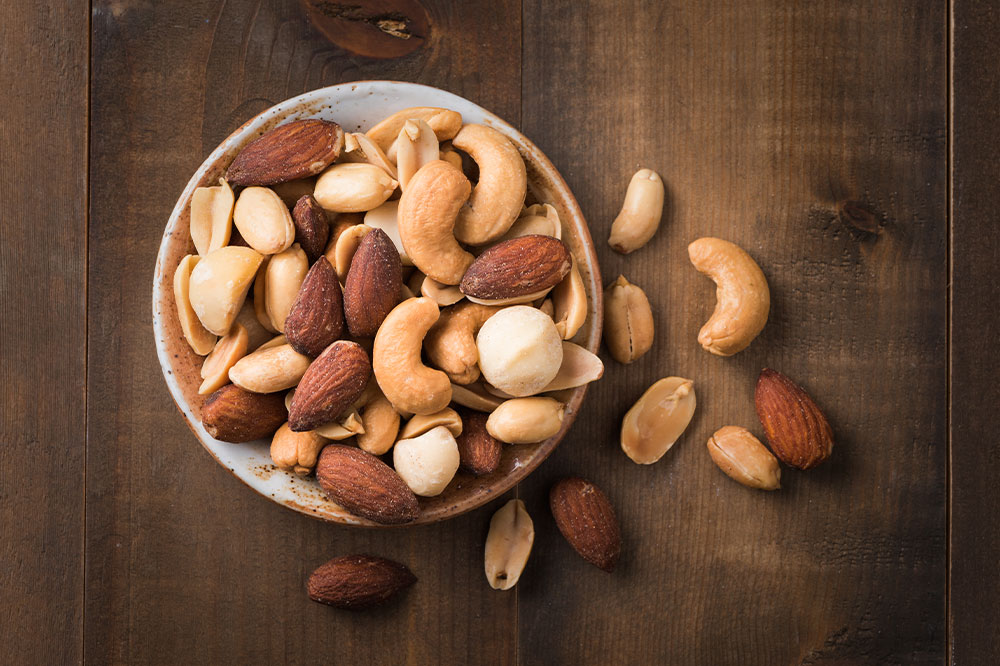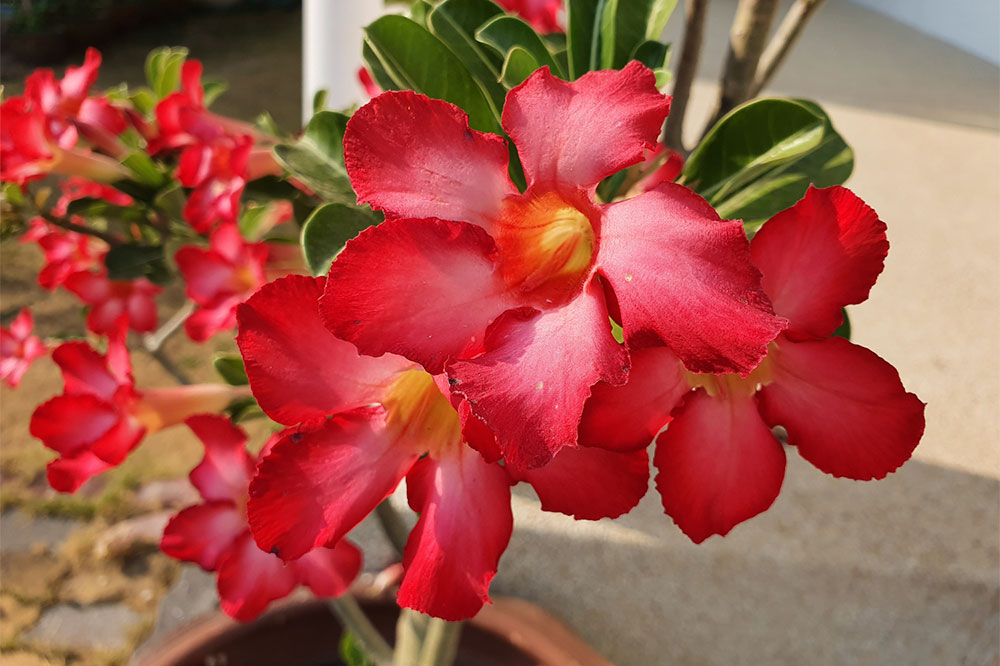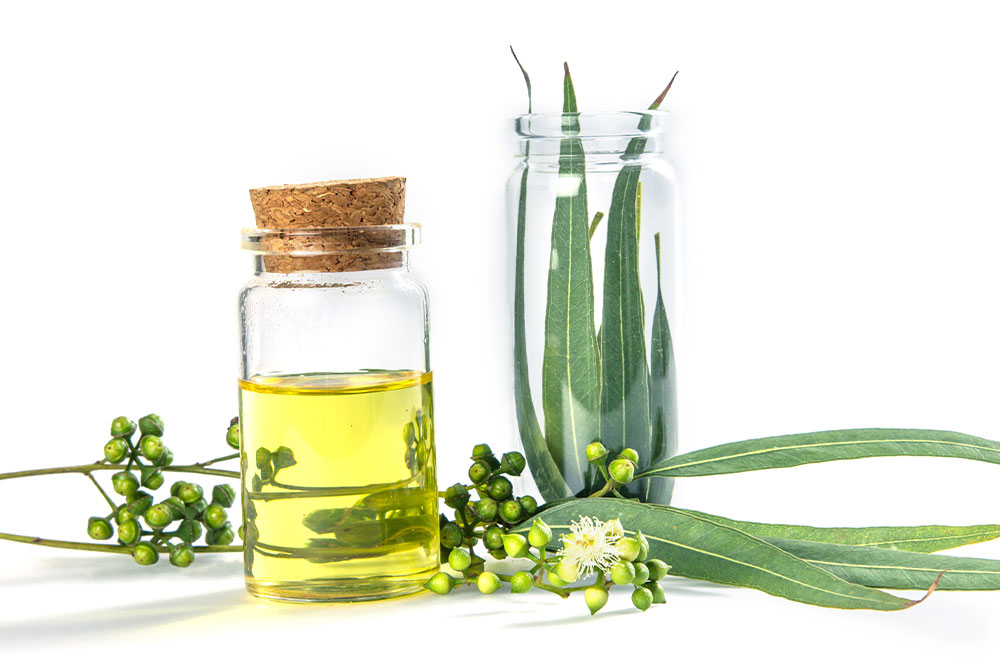11 common jewelry mistakes to avoid

Jewelry is often used as a form of self-expression. It can elevate a look and draw attention to one’s features or specific clothing. Pieces like bracelets, rings, broaches, hair ornaments, and necklaces can add quite a flair to one’s appearance. As with clothes, multiple rules apply to styling and storing jewelry, and it is easy to make mistakes. This article discusses some common jewelry mistakes and simple tips to avoid them.
1. Storing jewelry improperly
One of the biggest mistakes people make when it comes to jewelry is storing it incorrectly, which can impact its condition and appearance. Jewelry must always be stored away from free-flowing air and humidity, as these factors can tarnish its appearance. Keeping everything together in a large box may also lead to scratches and physical damage to these prized possessions.
Instead, invest in special jewelry boxes or rolls to store jewelry safely. One may also keep each item in padded boxes to limit exposure to humidity and air.
2. Forgetting to clean it regularly
Since jewelry is worn against the skin and exposed to natural and chemical elements for hours, it also needs special care and attention. However, many people forget to clean their jewelry regularly. One must schedule a jewelry cleaning schedule at least twice a year. Depending on the pieces, this process may involve a simple wash with a gentle soap or an in-depth tarnish and grime removal. Avoid using harsh chemicals unless professionals explicitly recommend certain jewelry pieces.
3. Exposing it to water
Exposure to water is a definite way of damaging or losing jewelry. It is common for smaller pieces to slip off under the shower. Shampoos, conditioners, and other bath formulations may also cause residue buildup and tarnish their aesthetics. Similarly, removing one’s jewelry before jumping into a pool or ocean is always advisable, as chlorine and salt water can discolor or erode these pieces.
4. Failing to clasp necklaces before storing
After removing a necklace, one must clasp it before putting it away. This can help avoid tangled chains and breakage. Take it a step further by using straws or other tubing materials. Simply put one end of the necklace through the tube before clasping it. This will significantly reduce the chances of entanglement.
5. Choosing the wrong jewelry for one’s neckline
Don’t rely on the same necklace every day! Every dress or top has a different neckline; knowing what matches well is important. This can help add dimension and flair to one’s outfit. For instance, long chains and pendants work well with turtlenecks, while pendant necklaces or chokers may add elegance and charm to a collared neckline. When purchasing jewelry, pick pieces with varied lengths to easily be paired with several outfits. Buying necklace extenders may also help.
6. Getting the wrong ring size
When shopping for rings, people frequently get their ring sizes wrong. This can result in delays and additional costs. To avoid this, use a well-fitting ring as a reference or have the finger measured professionally.
7. Forgetting to coordinate metals
Until a few years ago, people believed that mixing metals such as gold and silver was a fashion faux pas. While the fashion world has moved past that phase, knowing how to coordinate metals well for a put-together look is still important. Those who are unsure should stick to one metal type per outfit. For those looking to make a bold statement, consider mixing colors intentionally while maintaining a similar design palette.
8. Buying too many statement pieces
Buying statement pieces limited to specific outfits or occasions can significantly reduce one’s tendency to wear them often. Instead of investing in statement pieces based on current trends, prioritize versatility. Look for timeless, classic pieces that can be mixed and matched with different outfits or can transition easily from day to night looks.
9. Ignoring comfort
Comfort is always a top priority. Buying uncomfortable jewelry, such as a heavy pair of earrings or a tight bracelet, can significantly affect posture and make one irritable. Choose designs and metals that can comfortably be worn for long hours. Be sure to consider skin sensitivities and allergies while shopping as well.
10. Accessorizing too much
More isn’t necessarily better! Wearing too many accessories can make an outfit look busy and unappealing. When styling an outfit, it is important to consider the occasion. While a statement diamond necklace may add a touch of elegance and sophistication at a gala or a black-tie event, it may seem out of place in the office. Look for one or two pieces of jewelry to complement the outfit and create a strong visual appeal.
11. Failing to switch or change jewelry
It is easy to fall into the habit of wearing the same pieces daily. While comfortable, it can feel a bit uninspired at times. It is a great idea to cycle the other pieces in one’s collection and match them with certain outfits. Additionally, everyday jewelry collects dust, dirt, and bacteria in certain areas. This can lead to infections. To avoid this, one must take them off and clean them with a gentle cleanser and brush once every one or two weeks.







